
About This Quiz
Man's best friend. It's hard for many of us to imagine life without our canine companions by our side. Historians and experts believe that the domestication of what would have then been wild wolves could have occurred as many as 40,000 years ago. Fast forward to 2019, and not only are pups and pooches domesticated and living alongside us, but by some estimates, there are as many as 350 breeds available (with new varieties popping up all the time!) to choose from.
A quick Google search tells us how important these pets are to us - there are as many as 916 million search results that pop up just when you search for what to name your new pup! And, in case you were wondering, 2018's most popular pooch names were Max for a boy and Bella for a girl.
We haven't thrown all 350 breeds at you in this quiz, but we want to test your paws-itively fur-ocious knowledge of pups both large and small. From tiny dogs with big personalities to big dogs with a job to do, see how many of these dog breeds you can identify. You might even learn some interesting furry facts along the way!
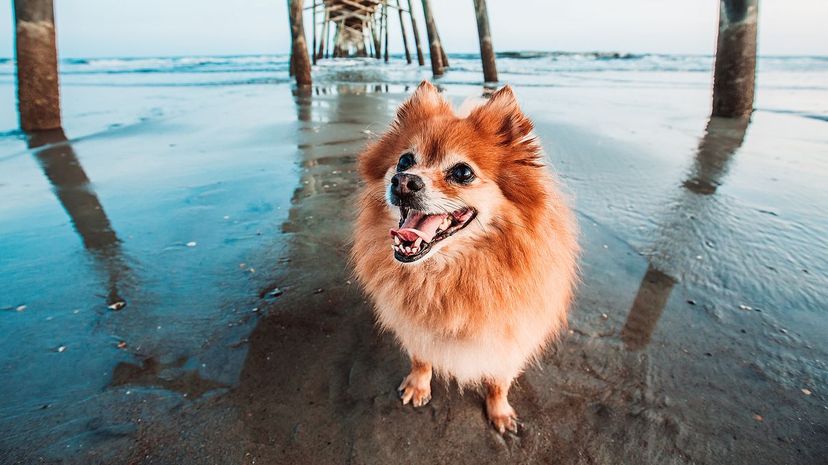
Michelangelo's Pomeranian got a front-row seat to the painting of the Sistine Chapel, which includes the famous "Creation of Adam" depiction. According to various reports, his Pomeranian sat perched on a pillow next to him while he worked.
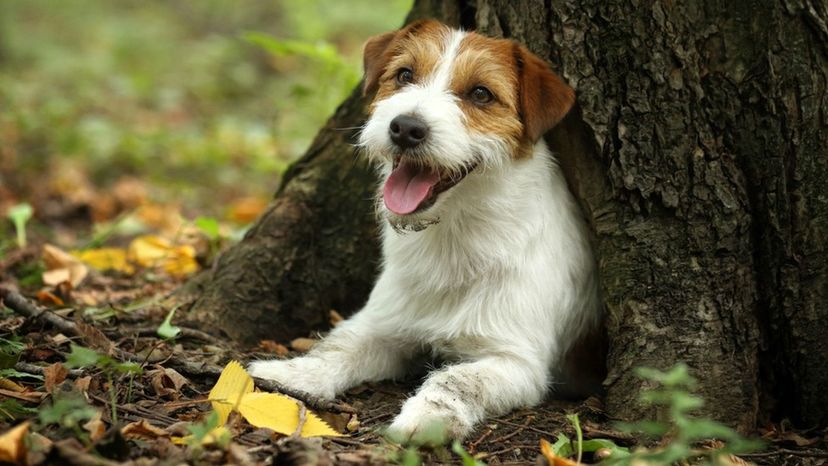
The Jack Russell Terrier was bred to be a working dog and the breed is still classified that way today. Its namesake, a priest named John Russell, was also a hunter and needed a small dog that could help him trap foxes.
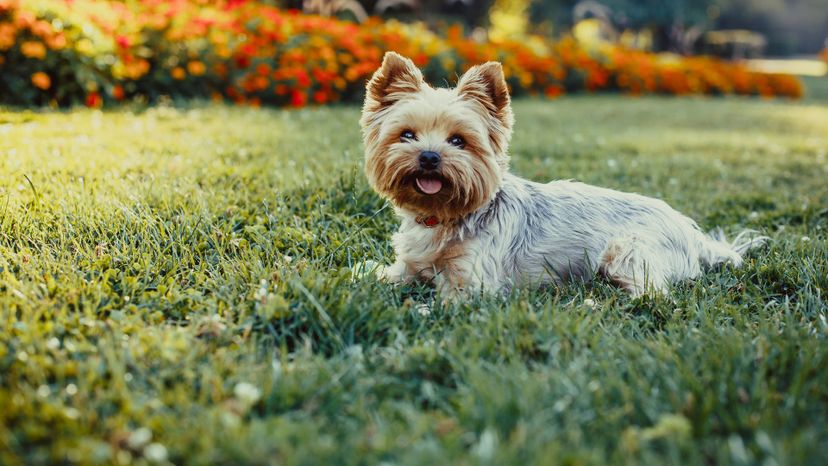
While most Yorkshire Terriers that are entered in dog shows have hair that is kept long, it requires a great deal of upkeep. Without regular grooming, a Yorkie's hair can grow to more than two feet long.
Advertisement
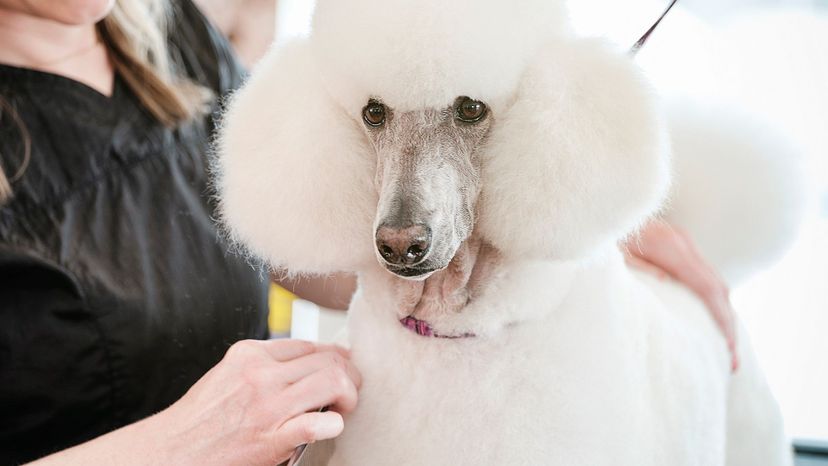
Poodles come in three official size varieties, ranging from medium (standard) to small (miniature) to smallest (toy). Don't think they're too fancy, though. Poodles were originally bred to work, specifically helping to retrieve fowl from the water thanks to their superb swimming abilities.
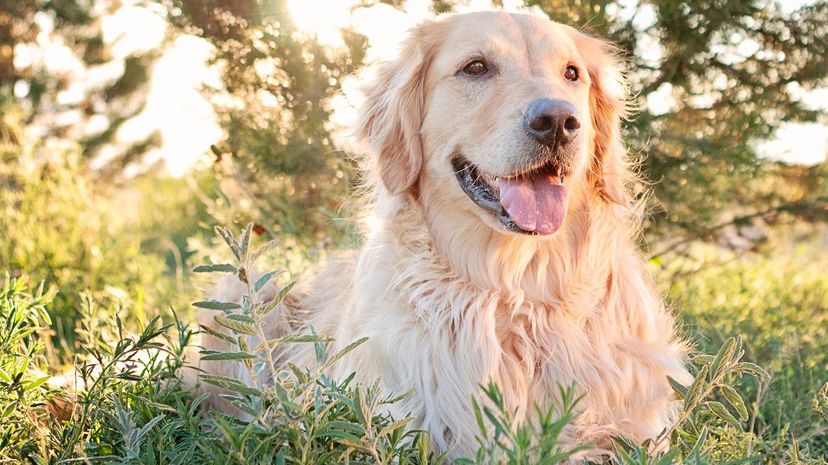
President Ford's pup, named Liberty, enjoyed her own degree of fame during Ford's tenure. People who sent fan mail to Liberty early on were rewarded with a photo of the dog and her signature, meaning her paw print.
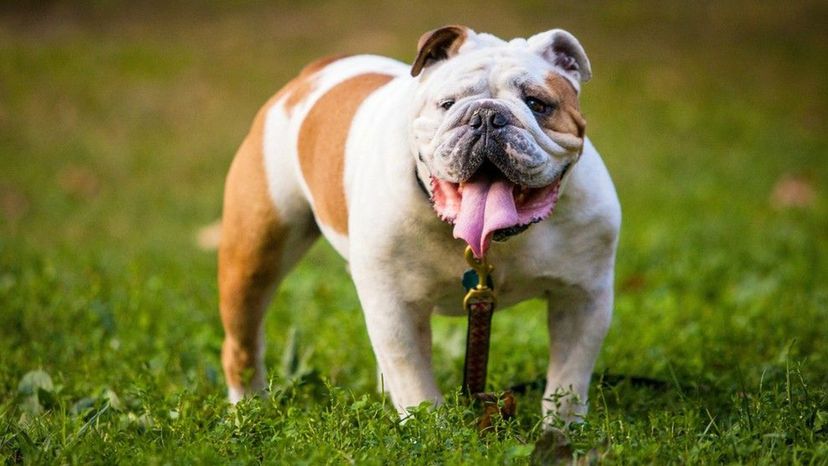
The University of Georgia has had a live bulldog mascot to accompany its team, the Bulldogs, since the mid-1950s. Every bulldog that has served as the team's mascot since then has lived with Seiler family in Georgia.
Advertisement
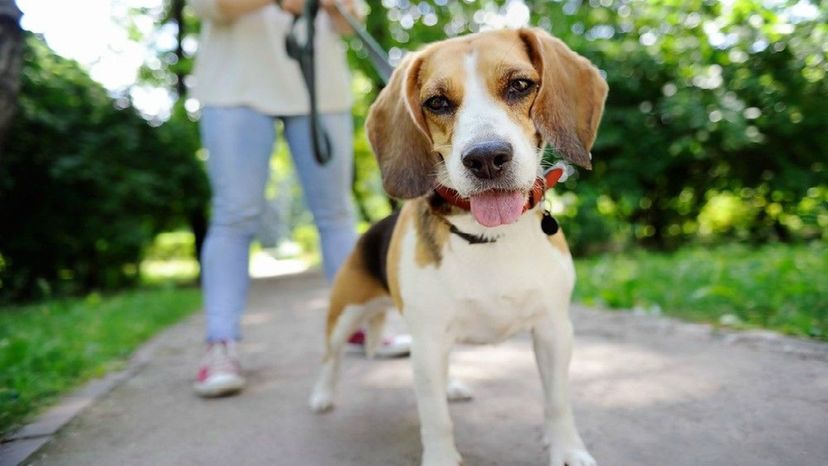
Beagles have appeared in some pretty popular cartoons, like "The Simpsons," and comics including "The Peanuts" and "Garfield" in their day. They use three kinds of barks to communicate: a regular bark for alerting owners, a hunting howl that sounds like a yodel and a baying noise when they feel sad or hear another dog.
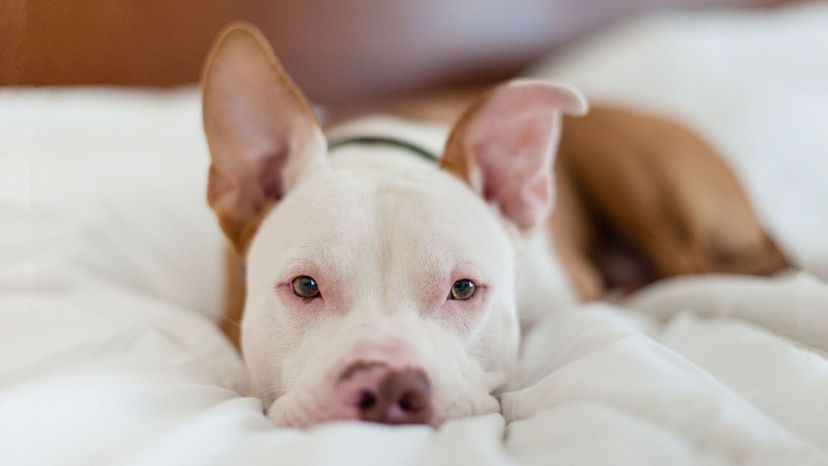
The American Pit Bull Terrier often gets a bad rap and their origin - being bred to fight - doesn't help with that perception ... unless you're the U.S. military, who frequently used the breed on recruiting posters and other material during World War I. For what it's worth, pit bulls are often totally loving and great with kids.
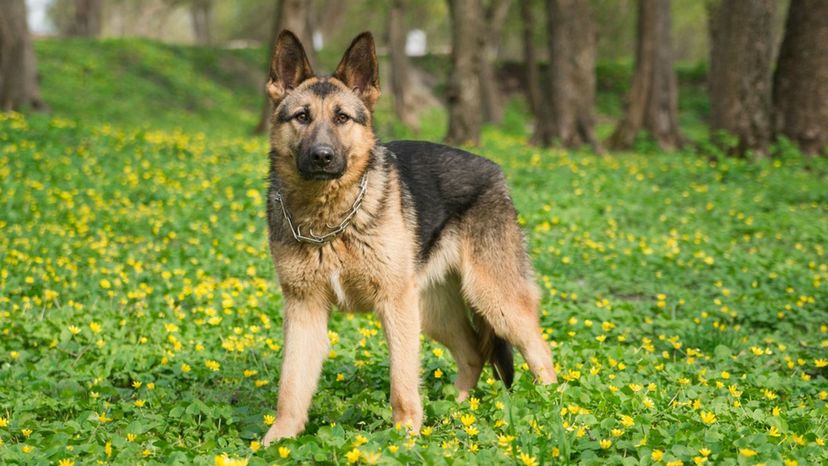
The German Shepherd is a highly intelligent dog, capable of learning commands quickly - including those in, well, German. They are a frequent presence on police forces for their abilities to track suspects and sniff out explosives or drugs.
Advertisement
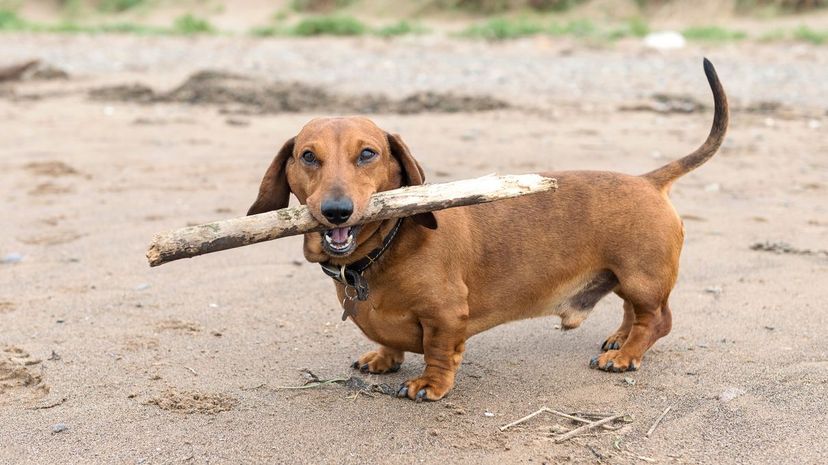
It's probably not a coincidence that hot dogs and wiener dogs (or dachshunds, if you prefer) have a co-mingled history. Some people believe hot dogs were originally called "dachshund sausages," named for the shape of a German butcher's best friend. Somewhere along the line, one thing's for certain, wieners became known as hot dogs and dachshunds became known, popularly, as wiener dogs.
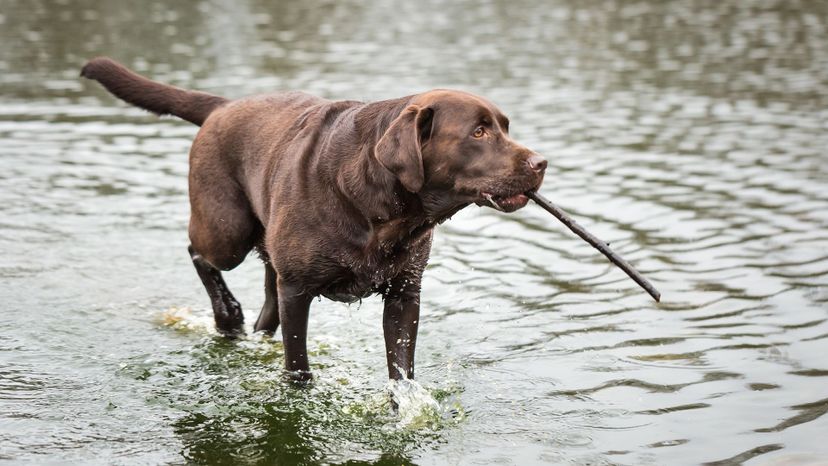
Labrador Retrievers have been the top choice among American dog lovers for 24 straight years, a record according to the American Kennel Club who keeps track of these sorts of things.

All dogs can swim, right? Not so fast! The French Bulldog isn't a water dog, partly thanks to its physical make-up. Their short, wide skull (a condition known as brachycephaly) makes them a poor mix with pools or bodies of water.
Advertisement

A boxer named Brandy earned the world record for the longest tongue on a dog, topping out at 17 inches, roughly four times longer than the longest human tongue on record. Brandy passed away in 2002.
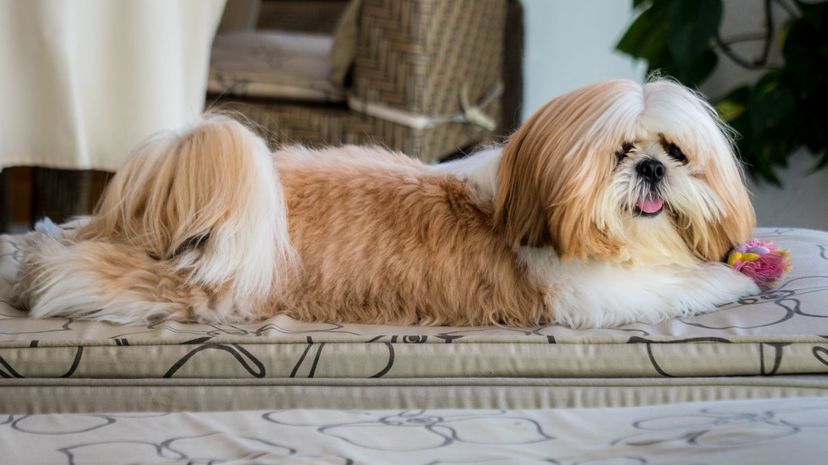
The Shih Tzu's forehead marking is believed to have originated from a kiss Buddha gave to his own pup. Buddha was traveling with his dog when criminals attempted to rob him. According to legend, the dog transformed into a lion to protect its master and Buddha, to show his gratefulness, kissed the dog on the forehead, leaving the signature mark.
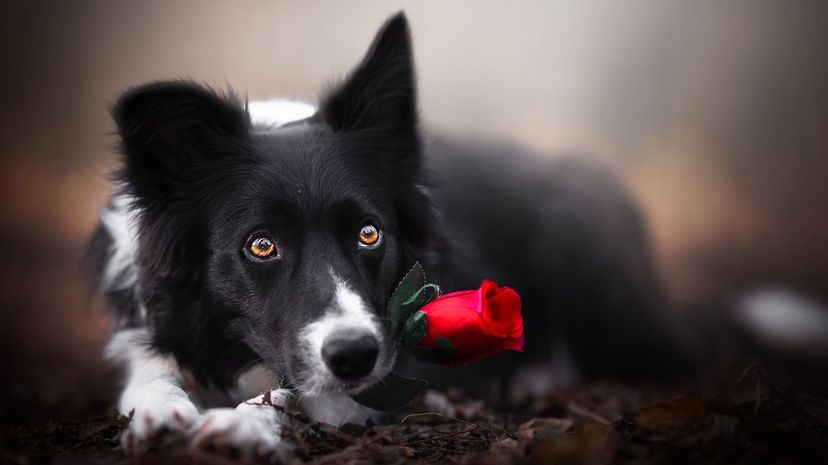
Border Collies are particularly adept at herding other animals, such as sheep, thanks in part to their off-their-charts level of intelligence. This capability is believed to be an adaptation of an animal's instinctive predatory behavior to hunt and chase.
Advertisement
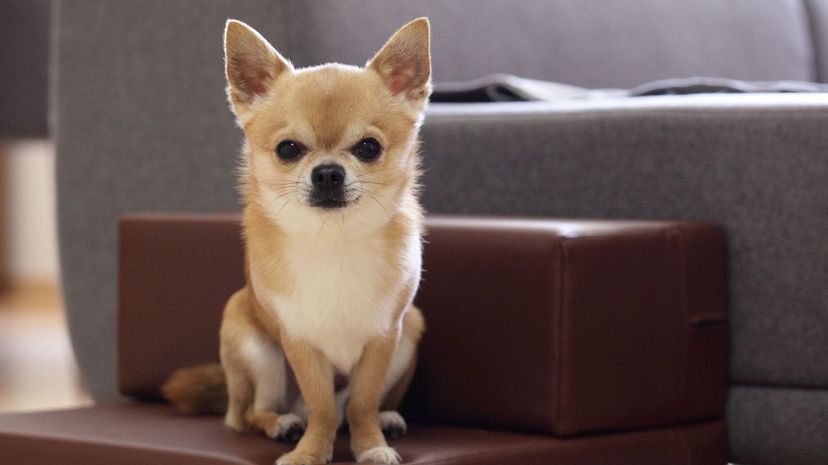
Believe it or not, stray packs of 12 or more of this diminutive breed (and other breeds) nearly overran Maryvale, Arizona, a few years back. County officials attributed part of the problem to a lack of spaying and neutering, literally breeding more problems.
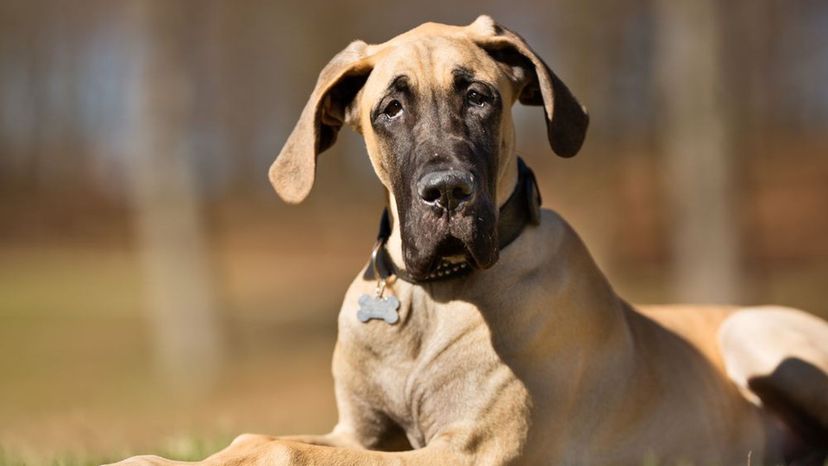
Though few may know it, Scooby-Doo was a Great Dane. The breed was chosen for this role because it was believed Great Danes were able to prevent ghosts and spirits from causing their owners harm.
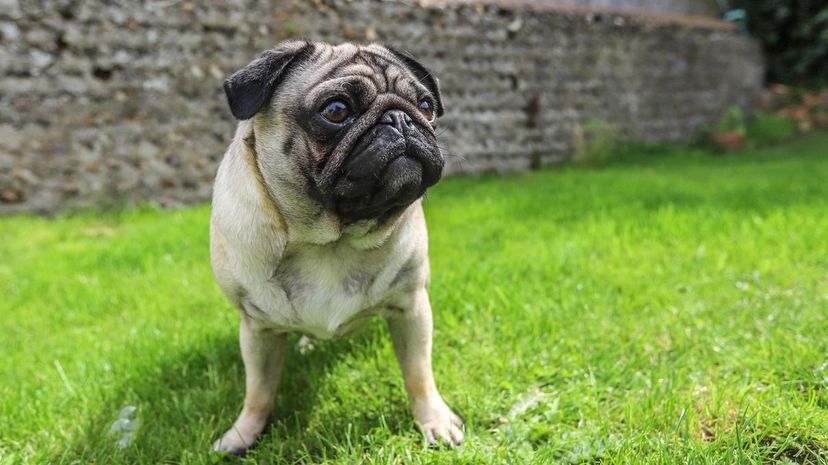
It's true! A bunch of pugs together is called a grumble. No one seems to be sure exactly where this term originated, although the Dutch word for a pug, "mopshond," loosely translated means "to grumble" in English.
Advertisement
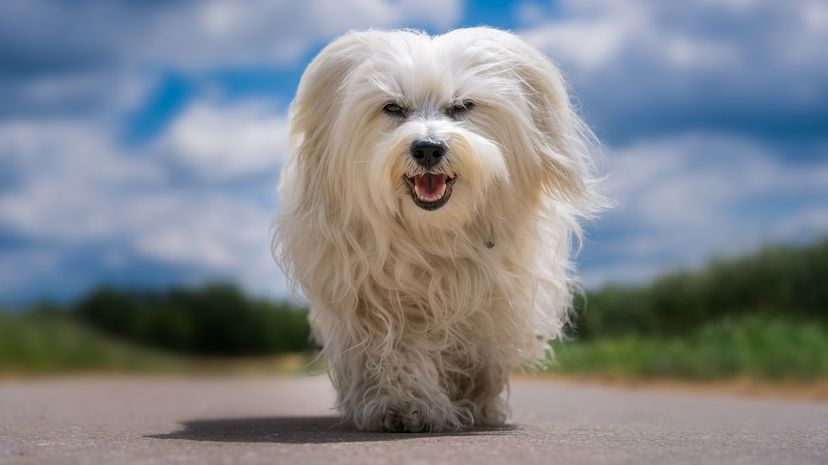
The Maltese, which actually does have origins in the island nation of Malta, is a good hypoallergenic pup option for people with allergies. It doesn't shed, but experts recommend daily brushings to keep them looking in tip-top shape.
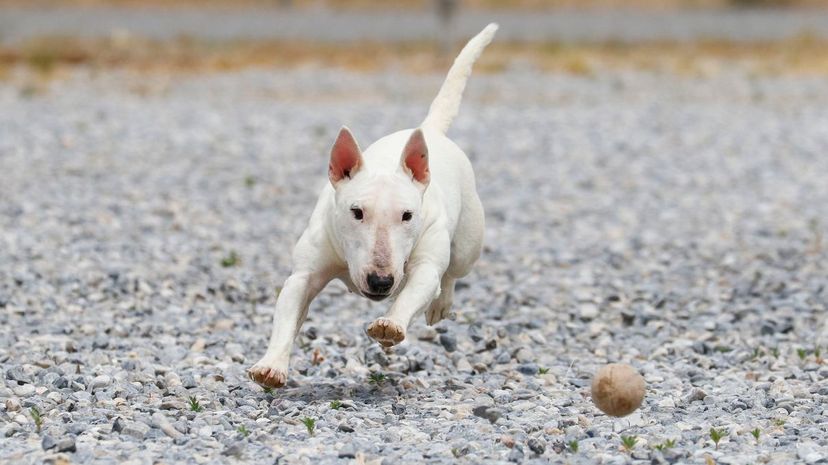
Target has used the Bull Terrier in its advertising, aptly named "Bullseye." Bullseye is white with Target's red circle logo painted around his eye.

Paul Sperry, the founder of the Sperry shoe company and its popular Top-Sider boat shoes, drew inspiration from his shoe design for boaters (who need sure-footed traction) from the grooves he noticed on his cocker spaniel's paw.
Advertisement
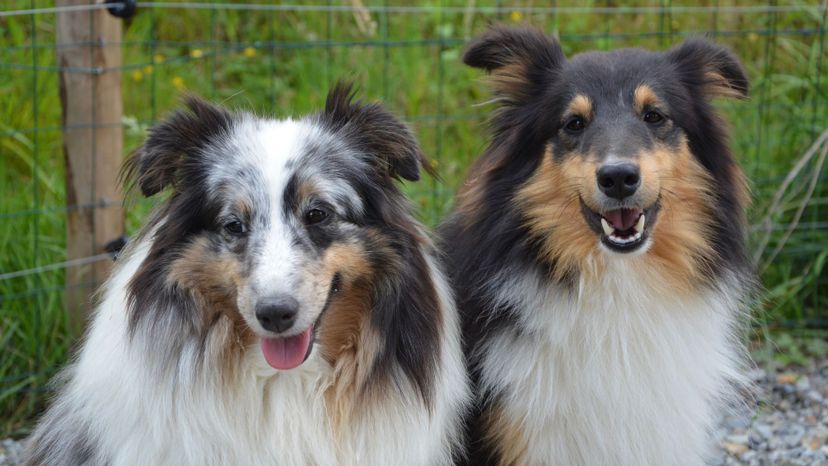
The Shetland Sheepdog is a barker. In fact, they love barking to the point it borders on excessive by most accounts. This is a pooch that might be better suited for suburban or country living.

The Basset Hound sits low to the ground anyway, which makes their floppy ears of particular use. Known to have a strong sense of smell, their ears help bring scents up to their nose.
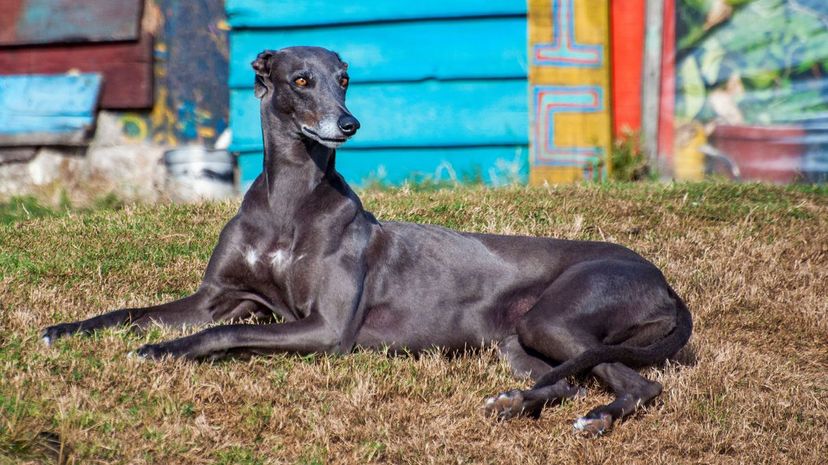
There's a reason the travel company named itself after this super-quick breed. Greyhounds have been known to reach speeds upward of 45 miles per hour, getting there in as few as four or five strides.
Advertisement
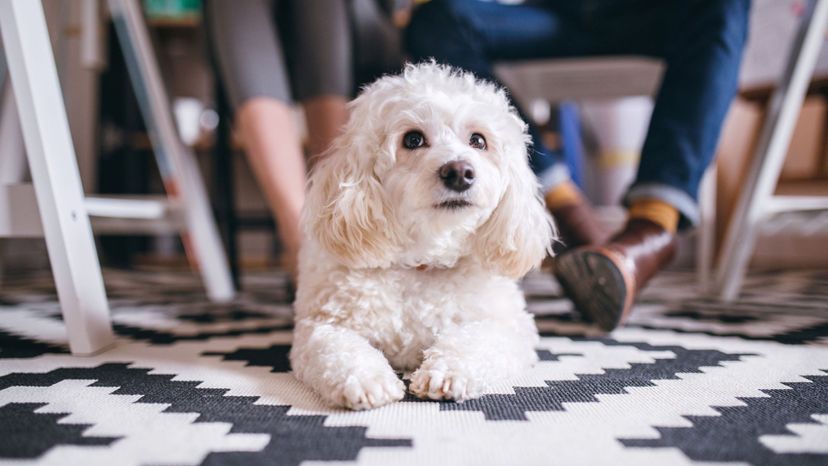
The Bichon Frise (pronounced bee-shon free-zay) will always remind you of a white powder puff, although they are sometimes complemented in color around the ears such as cream or buff.
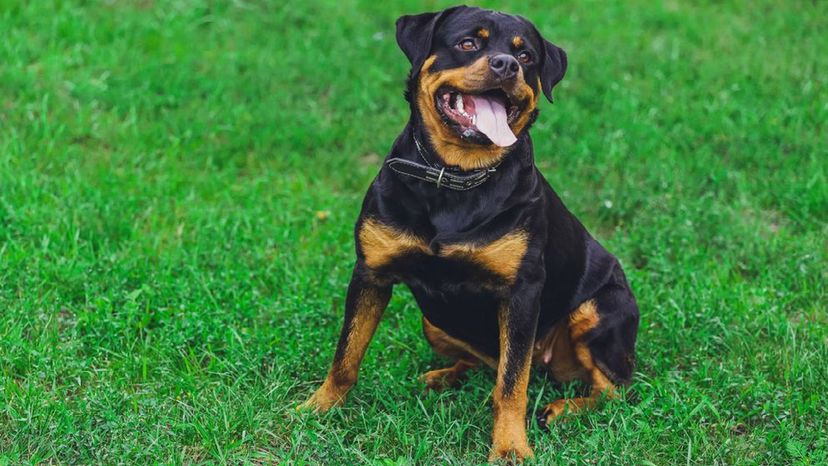
Rottweilers were bred to be protectors and work diligently. They enjoy being around their owners at all times, forming strong bonds that serve them well in their "guard dog" role.

The Alaskan Malamute is essentially a sled dog, so it's probably not best to keep them penned up in a house all day. This pup was named Alaska's state dog in 2010, thanks to the effort of a group of schoolchildren.
Advertisement
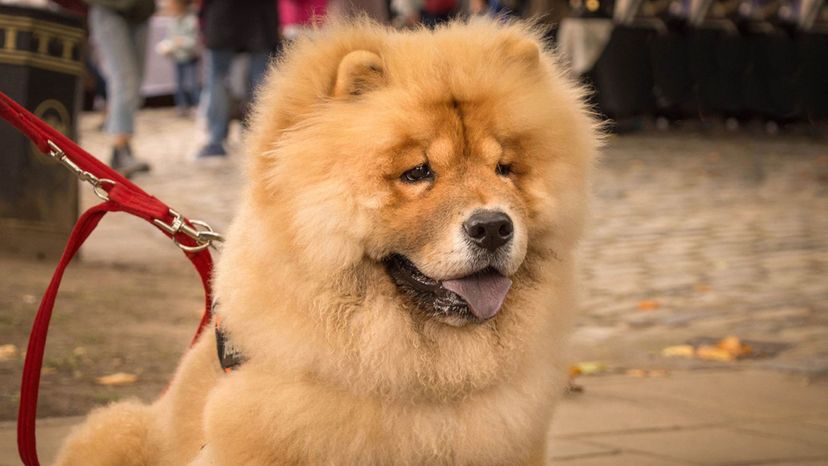
Not only was Freud's Chow Chow, Jofi, able to discern when a patient's appointment was complete, the famous psychoanalyst used Jofi to help calm patients and to do more thorough assessments of their conditions.
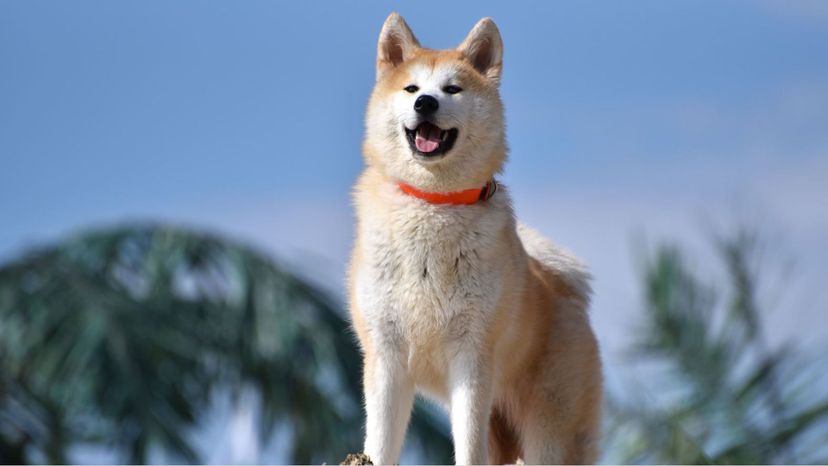
The Akita, named for the Akita area of Japan, is well-built for cold, snowy conditions. The town's location ensures challenging winter conditions, but the Akita is right at home in the climate.

The Siberian Husky is made to run ... and run ... and run. Researchers aren't sure why, but this breed of dog is able to run far distances without getting tired or winded. Too bad the same can't be said of us!
Advertisement

The Doberman's history begins in the tax world, having been bred initially by a tax collector who toted large amounts of cash and was seeking protection. The dog is named for that man - Karl Friedrich Louis Dobermann.
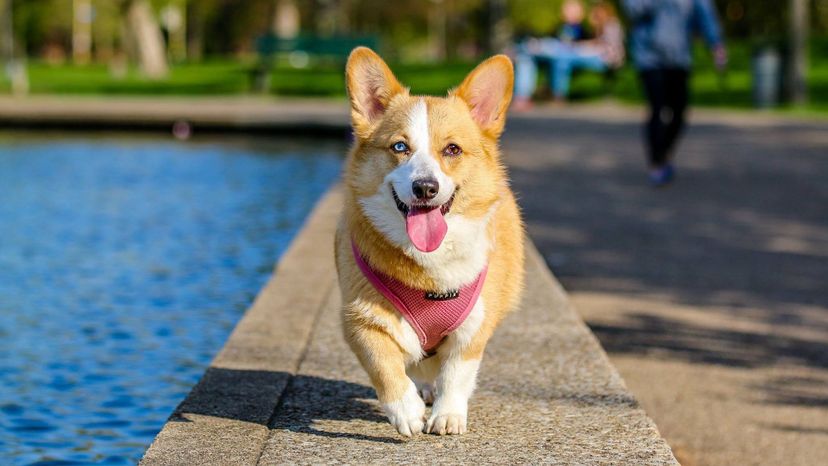
Corgis come in two varieties, Cardigan Welsh and Pembroke Welsh. Welsh legend asserts that these dogs were used by fairies and elves to transport them from place to place. Some believe you can see the tiny markings of a miniature saddle in the print on the dogs' back.
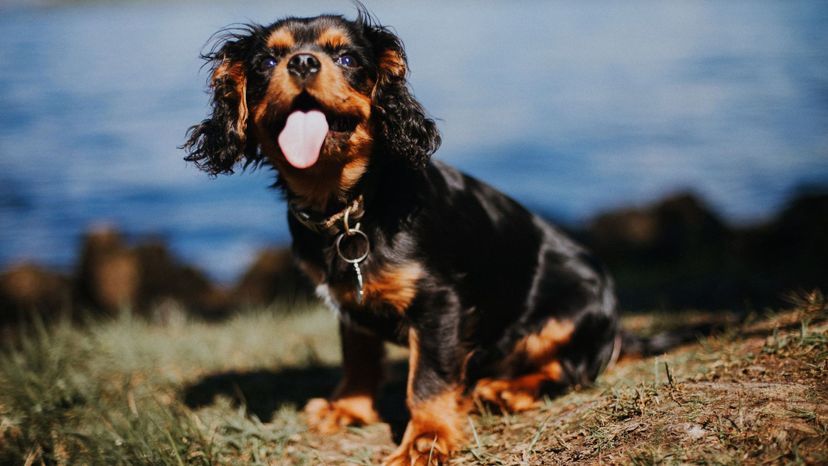
Surprise! King Charles II loved this dog breed so much that he named it after himself. The "Cavalier" part of the dog's name also comes from the royal figure, who was known as the "Cavalier King."
Advertisement

Hailing originally from Havana, the Havanese dog breed nearly went extinct until some Cubans who left during the country's 1959 Cuban revolution smuggled their dogs out with them.
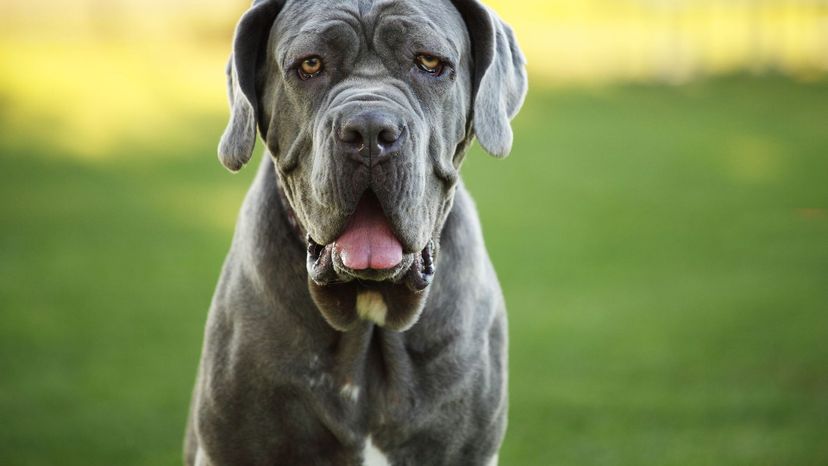
The Mastiff didn't get left behind when pilgrim John Goodman set sail for the New World. Despite the fact these dogs can amass nearly 200 pounds, the master would not leave his best friend behind.
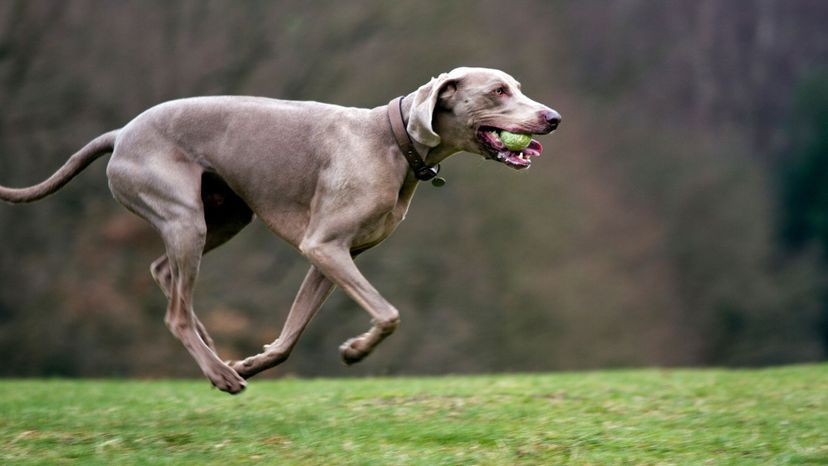
Weimaraners are renowned for their gray coats and uniquely-colored eyes, typically gray or blue, which shift colors as they get older. This breed can have either short or long coats.
Advertisement
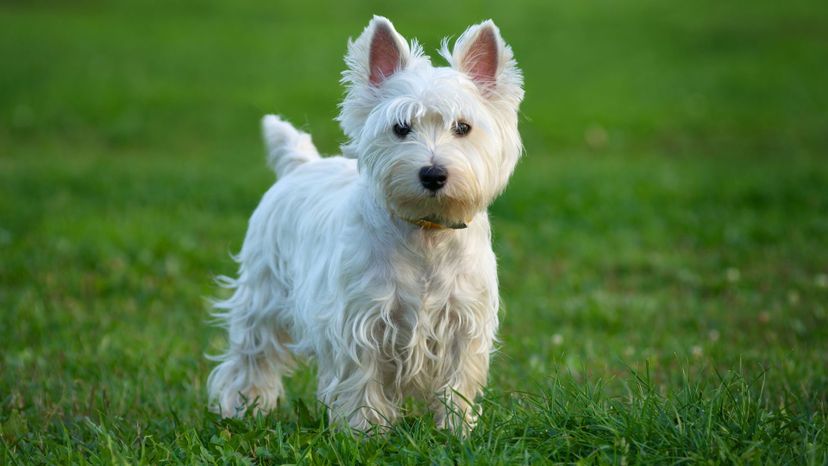
With it taking six months or more to train these fiercely independent and willful little creatures, you best have a lot of time on your hands ... and a lot of patience to go with it!
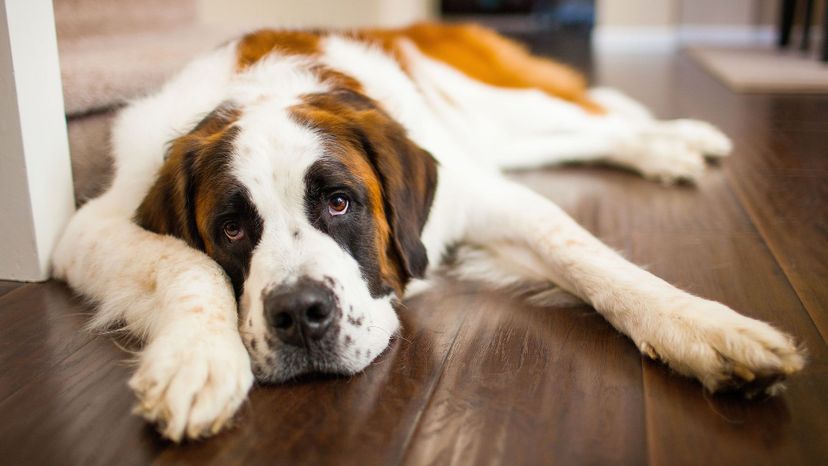
The Saint Bernard has been depicted in art over the years wearing a barrel around its neck. Used as a rescue dog, Saint Bernards have been known to carry necessities like food and water.
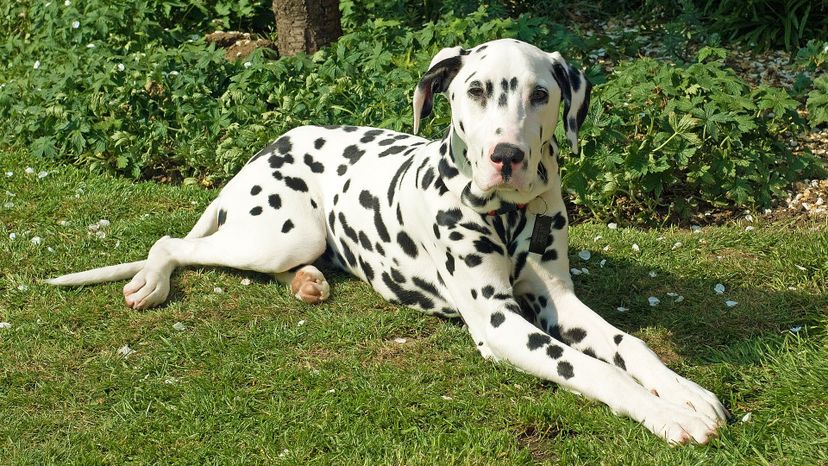
Dalmatians are renowned for their spotty coats, a fact well played out in Disney's "101 Dalmatians." Cruella De Vil's quest for a black-and-white spotted coat meant she would stop at nothing!
Advertisement
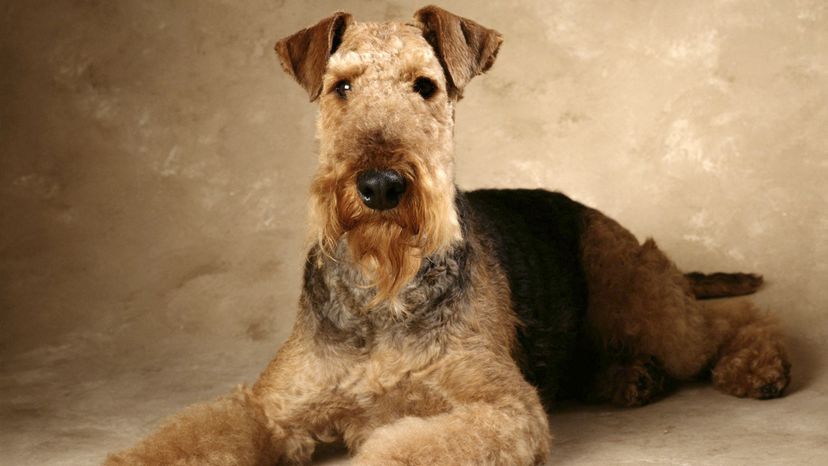
The Airedale Terrier differs from the remainder of the terrier population, which are typically small, in that it can grow to be up to two feet tall and weigh in at nearly 60 pounds. Their size has earned them their kingly designation.